READY TO GET STARTED?
REQUEST A FREE ESTIMATE
Fill out the form below or call (888) 466-7849 for a free, no-obligation estimate.
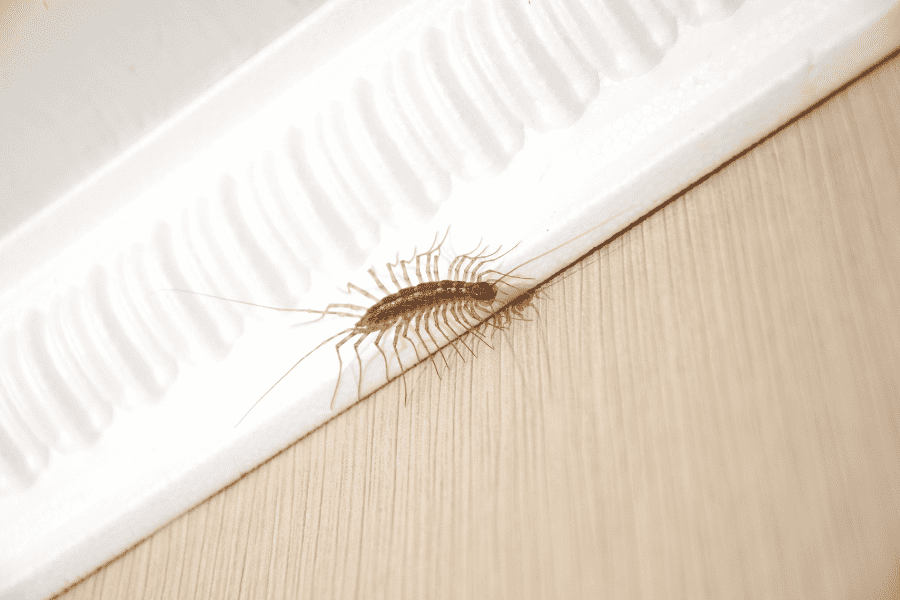
Summer is a time of warmth, sunshine, and relaxation. Unfortunately, it’s also a time when a variety of pests are most active. From ants and flies to roaches and centipedes, these insects can be a major annoyance and even a health hazard. Discover common summer pests below:
Ants are a common sight in the summertime, especially in kitchens and pantries where they search for food. To prevent ants from invading your home, make sure to keep your kitchen clean and free of crumbs and spills. Store food in airtight containers and keep ripe fruit in the refrigerator. Sealing cracks and holes in your home’s foundation and walls can also prevent ants from entering.
Flies are a common summertime pest, buzzing around and spreading germs wherever they land. To prevent flies from invading your home, make sure to keep doors and windows closed or screened, especially during the hottest parts of the day. Keep your kitchen clean and dispose of garbage regularly.
Roaches are another unwelcome summertime pest. They can carry diseases and trigger allergies in some people. To prevent roaches from entering your home, seal any cracks or gaps in your home’s foundation and walls. Keep your kitchen clean and free of crumbs, and store food in airtight containers.
Centipedes can appear creepy, with many legs! They are often found in dark, damp areas such as basements and bathrooms. To prevent centipedes from invading your home, keep these areas dry and well-ventilated. Seal any cracks or gaps in your home’s foundation and walls.
If you begin seeing these summer pests around your home, give your local pest control company a call for a free inspection and a customized treatment and prevention plan!
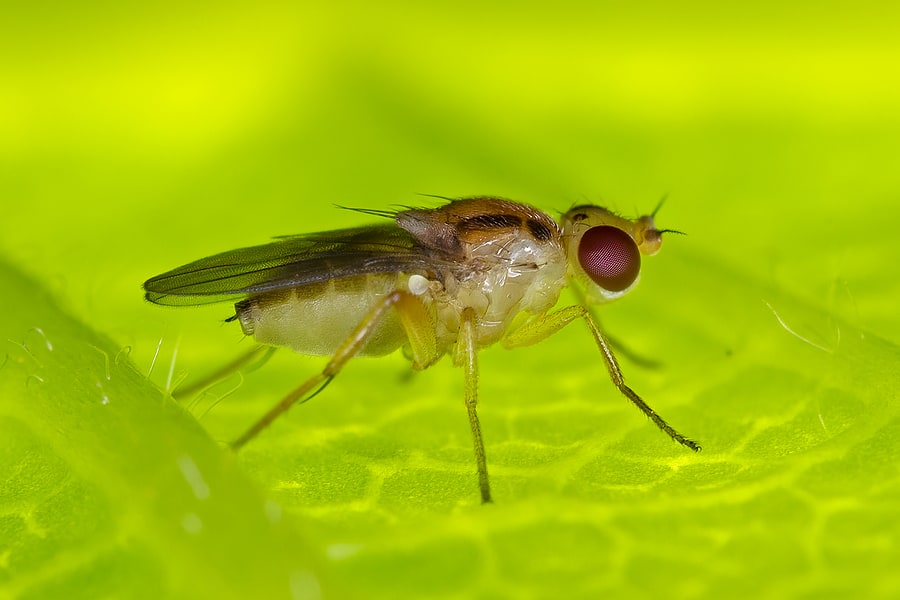
Once flies get inside your home, they not only become a major nuisance, but they can also be difficult to eliminate. While flies can look very similar at first glance, there are different types, each with their own set of characteristics. It’s important for every homeowner to understand their difference to properly prevent them from invading their home! Check out the common flies you can encounter in Florida and tips on preventing them!
Commonly found in kitchens or bathrooms, drain flies look like fuzzy moths. They thrive in dark and damp environments, such as floor and sink drains. You can tell these flies apart from others as they are light gray or tan in color and have a dark border around their wings. While these flies don’t bite, their presence can trigger asthma in some people.
One of the most common flies known to invade our kitchens is fruit flies. These flies are known to rapidly produce and will breed in dark, moist areas of your home, including drains, garbage disposals, and trashcans. These flies can lay around 500 eggs that hatch in as little as 24 hours! These pests are attracted to and will eat rotting food and usually prefer fruits and vegetables. While these flies won’t sting or bite humans, they will contaminate foods with bacteria and disease-causing pathogens.
Horseflies can often be found near bodies of water they utilize for breeding, both in suburban and rural areas. Horseflies are most active during the hotter days of the year and typically rest on paths and roads in wooded areas. Female horseflies can be a risk to our health as they are known to have a painful bite with their mouthparts utilized for cutting open flesh instead of sucking blood. Their bites are also known to cause allergic reactions too.
If you’ve noticed more flies around your property than usual, it could be time to reach out to your local pest control company for help. These pest professionals will be able to find a fly prevention method that works best for your home.
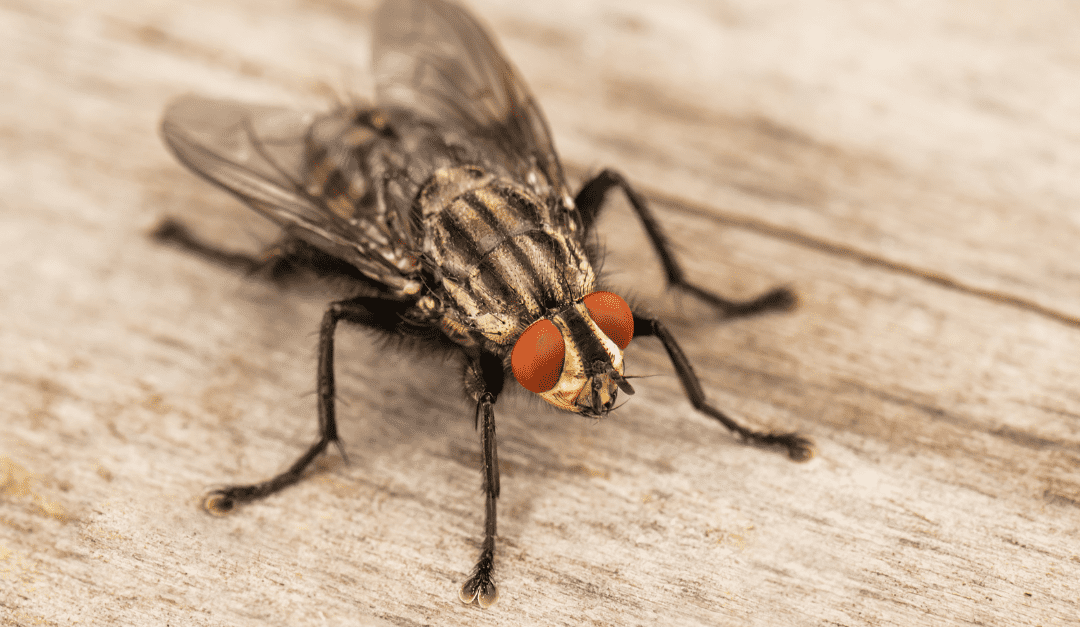
Flies are one of the most common household pests that can be found almost everywhere in the world. They are not only annoying but can also carry a variety of diseases, including typhoid, cholera, and dysentery. Therefore, it’s important to properly identify the common types of flies in order to prevent them. In this blog, we’ll discuss how to identify and prevent different types of common flies.
The house fly is the most common type of fly found in homes. They are gray in color and have four black stripes on their thoraces. These pests are attracted to food, garbage, and feces, and can transmit bacteria and viruses that cause diseases.
Fruit flies are small, brownish-yellow flies with red eyes. They are attracted to ripening fruits and vegetables, as well as fermented liquids such as wine and vinegar.
Drain flies are small, moth-like flies that are commonly found in bathrooms and kitchens. They are gray or black in color and have hairy wings. They breed in organic matter that accumulates in drains and pipes, as well as in standing water.
By following these tips, you can enjoy a fly-free home. If you begin to see an influx of flies in your home, give your local pest control company a call for a personalized plan.
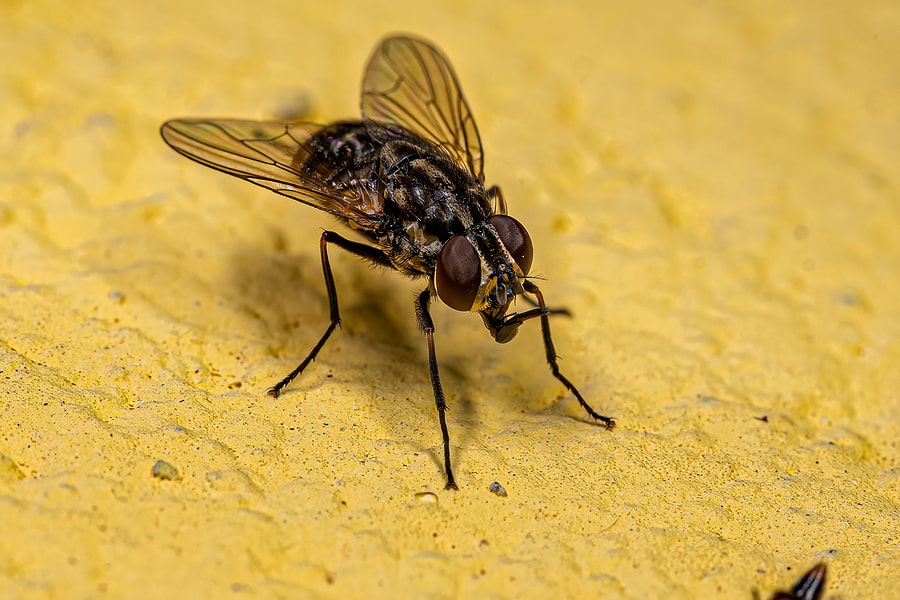
Whether inside or outside, flies can be a huge annoyance. These small pests seem to find their way back into your space after you’ve already swatted them away multiple times! At a glance, you might be able to tell what kind of fly it really is, but they can all look the same. Each type of fly has its own set of characteristics. Let’s break down the common flies you might see in your Jasper, Alabama home.
Being the most common out of all the flies, this easily identifiable pest is widespread throughout the United States. House flies can be spotted with red eyes and gray, hairy bodies. These types of flies don’t have teeth or stingers, so they feed off liquids found from human food, animal carcasses, and garbage.
While they can’t sting humans, they can spread more than 100 different pathogens including salmonellosis, typhoid, and tuberculosis. They also contaminate food surfaces by spreading diseases picked up on their legs and mouths when feeding on any trash or feces.
These oval-shaped insects are known for rapidly reproducing and can be found indoors year-round. Fruit flies are attracted to and eat rotting food; more specifically they tend to gravitate towards fruits and vegetables. They are known to breed in dark, moist areas like drains, disposals, and trashcans. They also lay around 500 eggs that can hatch in as little as 24 hours.
These pests also don’t sting or bite, but they can contaminate foods with dangerous bacteria and disease-causing pathogens.
These moth-like flies are commonly found in dark, damp conditions, like drains. Drain flies don’t bite, but their presence can aggravate asthma in some people. These household pests appear light gray to tan with a dark border around their wings.
If you have an infestation of any species of fly in your Jasper, Alabama home, then contact your local pest control company to discover a treatment and prevention plan best for you!
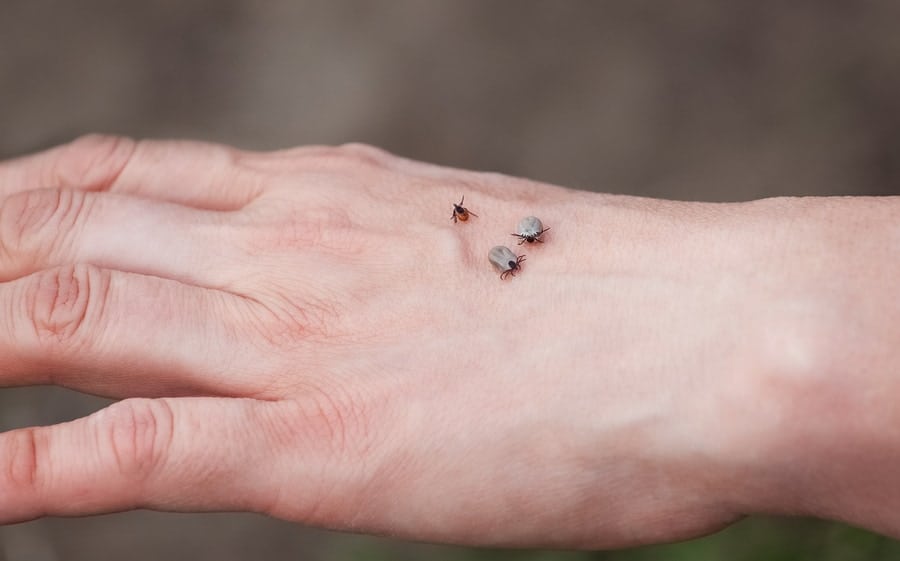
A household pest is any undesired animal that has a history of living, invading, causing damage to, eating food from, acting as a disease vector for, or causing any other harm to a human habitat. While most are considered a nuisance, household pests become dangerous when they pose a risk to health, property, or lifestyle.
While they can be common year-round, some are common in the spring months. Here are a few common spring pests you can find in your Georgia home:
Termite swarming season begins in the springtime. Swarming season is when young termites leave their current colony and go off to find mates and establish new colonies. If you begin to see swarmers, it might mean a colony is nearby.
Ticks are problematic to humans and pets because they spread diseases like Lyme disease and Rocky Mountain spotted fever. You might begin to see an increase of tick bites in the springtime. The mild winters in Georgia don’t help with keeping ticks away for long, so you should always be aware of ticks at any time of the year.
With heavy rainfall in the early spring, you can expect to see ants finding their way inside your home. They will begin to search for food and water, which your home has plenty of.
These pesky pests will find their way inside once the weather begins to warm up. They can spread many pathogens by picking them up on their feet when landing on different items.
If you’re ready to begin prevention of these spring pests, reach out to your local pest control company to receive a free quote and the best plan of action to keep pests away!